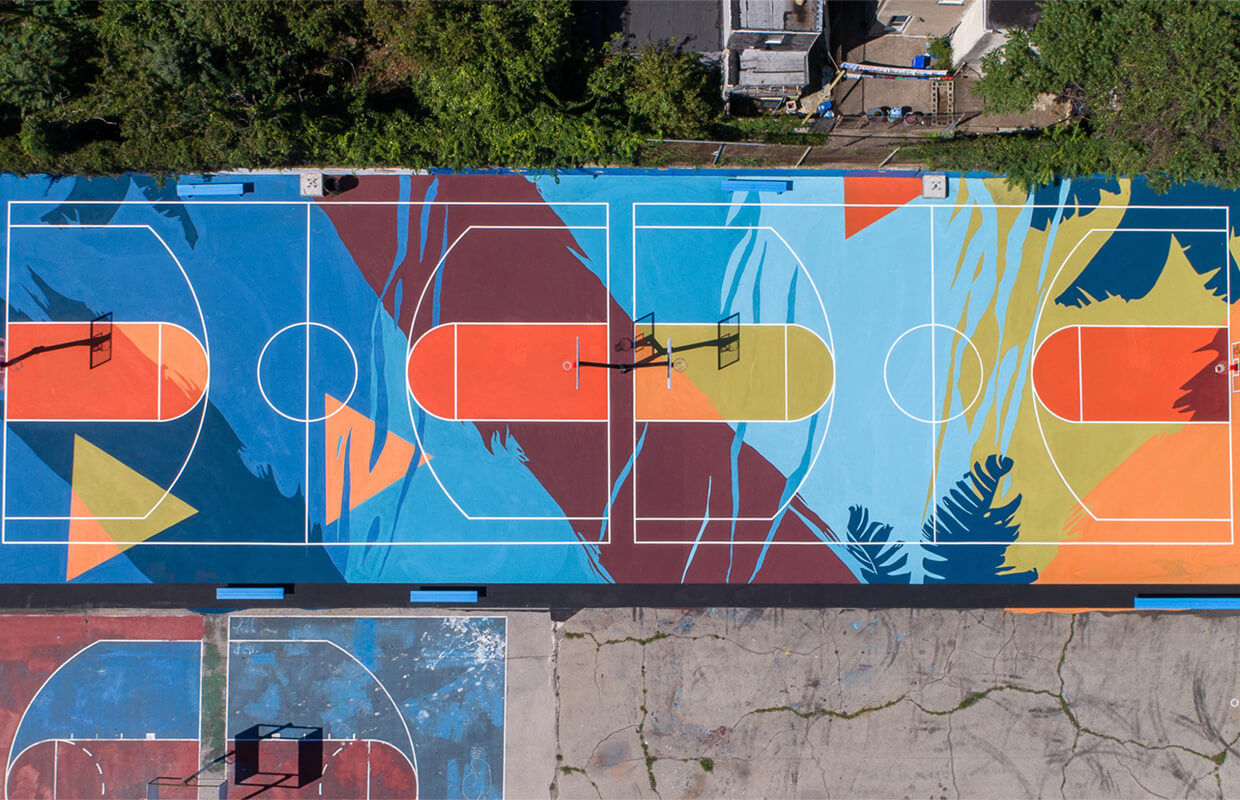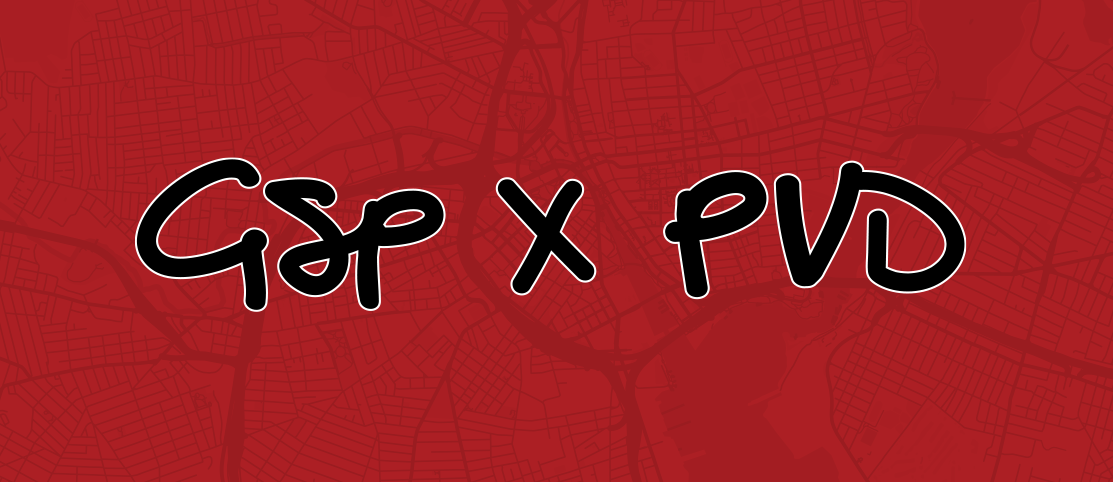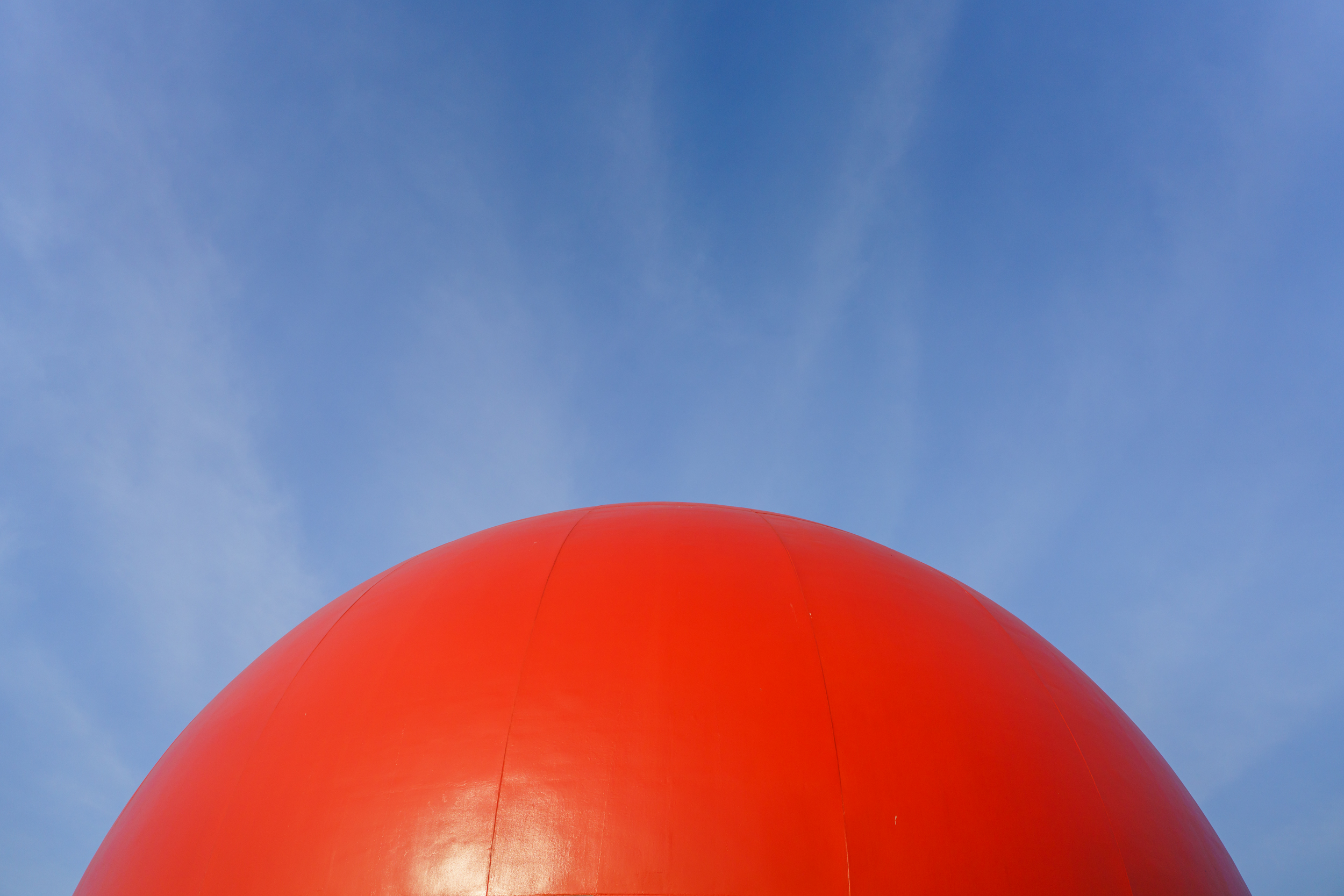Month 26: Active Design
A year+ after my return from Remote Year seems like a good time to write my 12th and final blog post about Kyoto, right? Just kidding. But to give you a taste, Kyoto is beautiful, drenched in tradition and culture, has the most stunning and seamless changes in scale of any city I’ve ever been to, and conveyer belt sushi is a concept we need more of here. Okay, I think that does it. Apologies for keeping you on the edge of your seat for an entire year.
What brings me back to the blog is actually to talk about active design. If you’ve been in a meeting with us or you’ve seen a scope of work of ours recently, you’ve probably seen this term, and you may have no idea what I’m talking about or when this became a priority for us. It’s cool — I’m here to fill in some gaps.
In the fall of 2016 I started to think a lot more about the intersection (get it?) of urban design and public health. I wanted to talk more about how cities could be designed to nudge people into healthier lifestyles. I don’t mean forcing people out of their cars, or expecting nap masters to become marathon runners, but giving people more choices about how they use their cities: how they get around, what they do on their way from point A to point B, maybe incorporating some new or improved destinations people wouldn’t have gone to before. If people only have car infrastructure, that’s the only choice they have. So there should be an effort to give people more choices — infrastructure to bike, walk, pogo-stick, rollerblade, scoot… you get it.
Okay, so, bike lanes? Sidewalks? Gyms? We have all of those, right?
Hold tight. Back to 2016. I reached out to a fellow University of Michigan Master of Urban Planning grad, who had done a dual degree with the School of Public Health, asking for some resources for someone who was interested in learning more about this intersection I mentioned earlier. Valerie was a dream and emailed me a few things to start with, then Remote Year started and my brain had to balance a lot of new things, and while I continued to think about this “nudging” effect, I didn’t dive into any resources. But then in May of 2017, I wrote Valerie an email again and these were my exact words: “The more that I do my current job and the more I travel to these different cities around the world and figure out what my priorities are, the more I realize that all signs over the past few years have pointed to this being my JAM and I can’t believe I didn’t figure it out sooner.”
Long story short: I dug into some of those resources, learned about + explored this new (to me) concept of Active Design, thought long and hard about how GSP could incorporate it into our work, pitched it to Jesse on one of our usual Thursday morning check-in calls while I was in Buenos Aires, we thought about it more and pitched it to the team in Lisbon in September, and we’ve all been wrapping our minds around it and thinking more about it since.
Back to before: Bike lanes, sidewalks, gyms, right?
One of the most important things my UM classmate told me is that the built form/element is not the most important part of active design. Slapping a bike lane down for the sake of checking a box, not being thoughtful about how it fits in with a neighborhood, if it’s even desired by the local community, or how it improves the overall travel network, is not good active design.
Sidewalks that are installed without thought to scale, whether they can accommodate someone walking a dog on one side and someone pushing a wheelchair on the other side, or regular maintenance to keep them safe, is not good active design.
Public spaces with moments where kids can climb on something or jump off of something, where older people can have a quiet moment in the shade of a nice big tree, chess tables where someone can teach someone else to play, that is all good active design. And it’s so much more.
You see, it’s all about intention, and listening to what people need rather than telling them, and thinking about health holistically. We need places to walk safely, as well as places to get fresh air and see some trees, and run into a neighbor and chat about those delightful sugar cookies at the community meeting last night.
This is a big part of what we at Graffito are thinking about these days, because good active design means better utilized public spaces, people exploring their cities more, people patronizing local businesses or attending programs and events more, and investments into healthier lifestyles show communities that we care.
Stay tuned for more on how we’re weaving this into our world, but we’re pretty jazzed about it.
*Photo is from Make The World Better and is in Philadelphia. This court was painted in partnership with Project Backboard, who is easily my dream partner.




